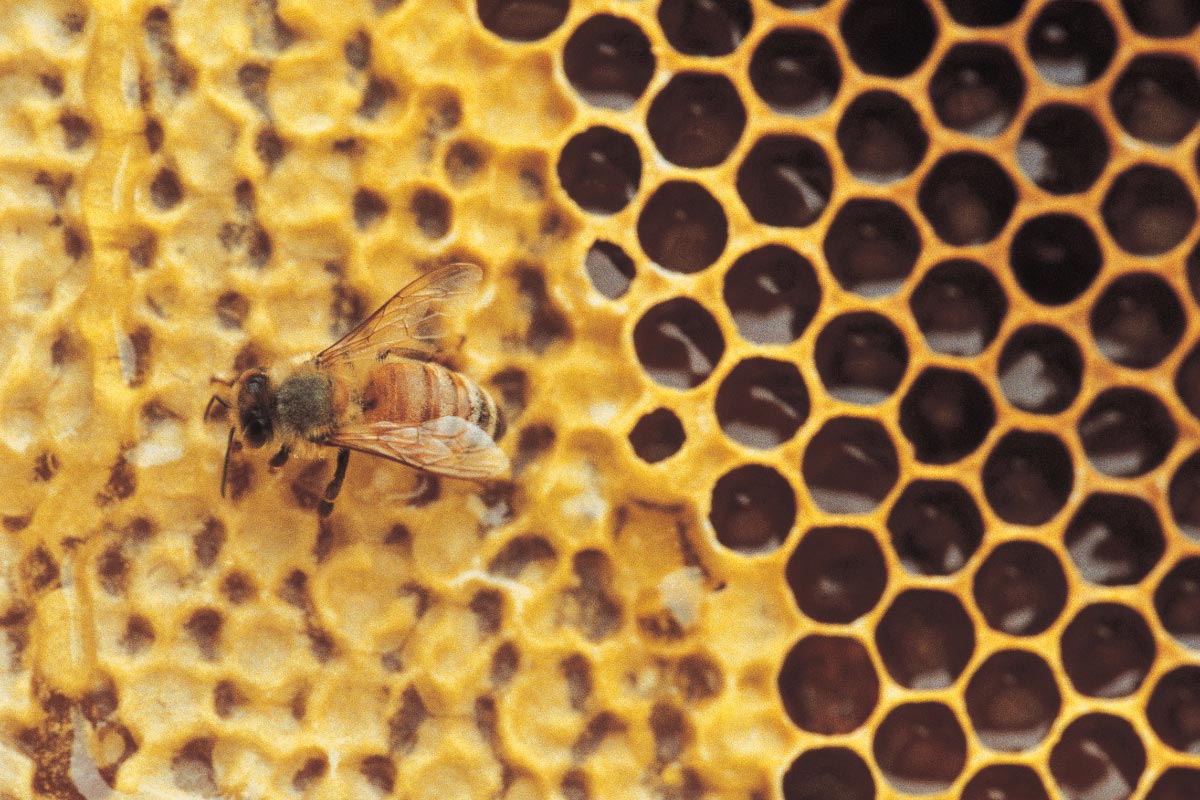
The fully automated technique, called the solid-phase microextraction (SPME) method, helps scientists extract pyrethroids from honey, which has been previously difficult to do. Pyrethroid insecticides are believed to cause the phenomenon called colony collapse disorder (CCD), which has decimated honeybee populations.
The technique also makes it easier for scientists to determine whether levels of pyrethroids in honey are above those considered safe for human consumption. In addition, the technique can help scientists identify locations where farmers use pyrethroids and in what amounts.
“It is our hope that this very simple method will help authorities determine where these pesticides are in use at unsafe levels to ultimately help protect the honeybee population,” said corresponding author Janusz Pawliszyn.
The full findings of the study recently appeared online in the journal Food Chemistry.
A novel technique
Previously, scientists have had trouble successfully extracting pyrethroids from honey because the insecticides are poorly soluble in water. They actually get suspended in the honey, thus making extraction difficult.
Using the new SPME method, Pawliszyn and his colleagues first added a small amount of alcohol to the honey. The alcohol would dissolve the insecticides prior to the fully automated extraction process. The method makes it easier to measure levels of pyrethroids in the honey as well.
In humans, pyrethroids are rapidly metabolized, do not accumulate in tissues and are removed from the body through urine. But little is known about their potential effects on human health due to a lack of research.
The Canadian government's Food Inspection Agency also tests food for the presence of pesticide residues and determines whether the residues appear in levels considered safe for human consumption. Using the recently developed SPME method, authorities could test food for pesticides more efficiently.
In the long run, the SPME method could also help authorities pinpoint those places where farmers are known to use high levels of pyrethroids and regulate their use accordingly. In effect, better regulation of pesticide use might just help honeybee populations thrive again.
Pyrethroids alter bee behavior, impact colony survival
Pyrethroids pose a major threat to honeybees. Considered potent neurotoxins, these pesticides heavily impact the normal functioning of honeybees, severely altering their behavior.
For instance, a 2015 study by researchers from the University of Nebraska-Lincoln revealed that bees treated with moderate and high doses of pyrethroids moved significantly less than control bees over a 24-hour period.
Some of the treated bees also spent less time interacting with other bees. Interaction among bees is extremely crucial. Thousands of worker bees cooperate to build hives, collect food, produce honey and protect their hive from predators. If this innate behavior is altered, entire colonies might collapse as a result, hence pyrethroids' notoriety for causing CCD. (Related: Bee massacre: Pesticide use decimates Brazilian bee population.)
In the wild, altered bee behavior and the collapse of entire colonies could trigger a chain of consequences. For instance, because bees pollinate forage crops, the loss of bees would raise the price of feedstock. In effect, that would then raise the price of beef, milk and other animal products in the market.
Additionally, bee pollination accounts for about $15 billion USD in added crop value, as per the U.S. Food and Drug Administration (FDA). In fact, the value of honey bees as pollinators is 10–20 times more than the value of their products, including honey and beeswax. As such, bee deaths could translate to billion-dollar losses.
Learn more about the environmental impact of pyrethroids and other bee-killing pesticides at Pesticides.news.
Sources include:
Please contact us for more information.























